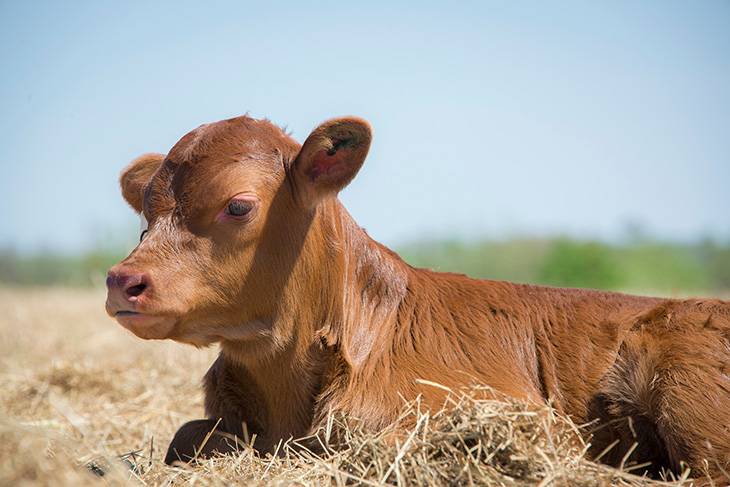Prepare a calving kit before fall calving season begins
Tuesday, August 18, 2020
With fall-calving season just around the corner, cow-calf producers should be clearing a lot of tasks on their to-do lists.
A walk-through of pens, chutes and calving stalls is probably somewhere near the top, according to Oklahoma State University Division of Agricultural Sciences and Natural Resources recommendations.
“Make sure they are clean, dry, strong, safe and functioning correctly,” said Glenn Selk, OSU Extension emeritus animal scientist and managing editor of the university’s popular Cow-Calf Corner newsletter and SUNUP television video segment. “This is a lot easier to do on a sunny afternoon than a dark night when you need them.”

Cow-calf operators also need to develop a plan of what to do, when do it, who to call for help – along with phone numbers – and how to recognize when that help is needed. All family members and helpers should be familiar with the plan.
“It may help to write it out and post copies in convenient places,” Selk said. “By convenient, we mean places frequented by those involved. Also, talk with your local veterinarians about the plan and incorporate their suggestions.”
Encourage everyone who will be watching and helping cows and heifers this calving season to read OSU Extension fact sheets on calving, available online and through all county Extension offices.
Cow-calf operators should always have the following in their calving kit, so everything is readily accessible and available:
- Disposable obstetrical sleeves.
- A non-irritant antiseptic.
- Obstetrical chains – one 60-inch or two 30-inch lengths.
- Two obstetrical handles.
- Mechanical calf pullers.
- Injectable antibiotics.
- A tincture of iodine solution that can be used to treat navels of newborns shortly after birth.
“Many lubricants can be used, with one of the best being one of the simplest: a non-detergent soap and warm water,” Selk said. “Don’t forget the simple things like a good flashlight and extra batteries and some old towels or a roll of paper towels.”
Oklahoma is the nation’s second-leading producer of beef cows and fifth-leading producer of total cattle and calves, according to National Agricultural Statistics Service data.
MEDIA CONTACT: Donald Stotts | Agricultural Communications Services | 405-744-4079 | donald.stotts@okstate.edu
